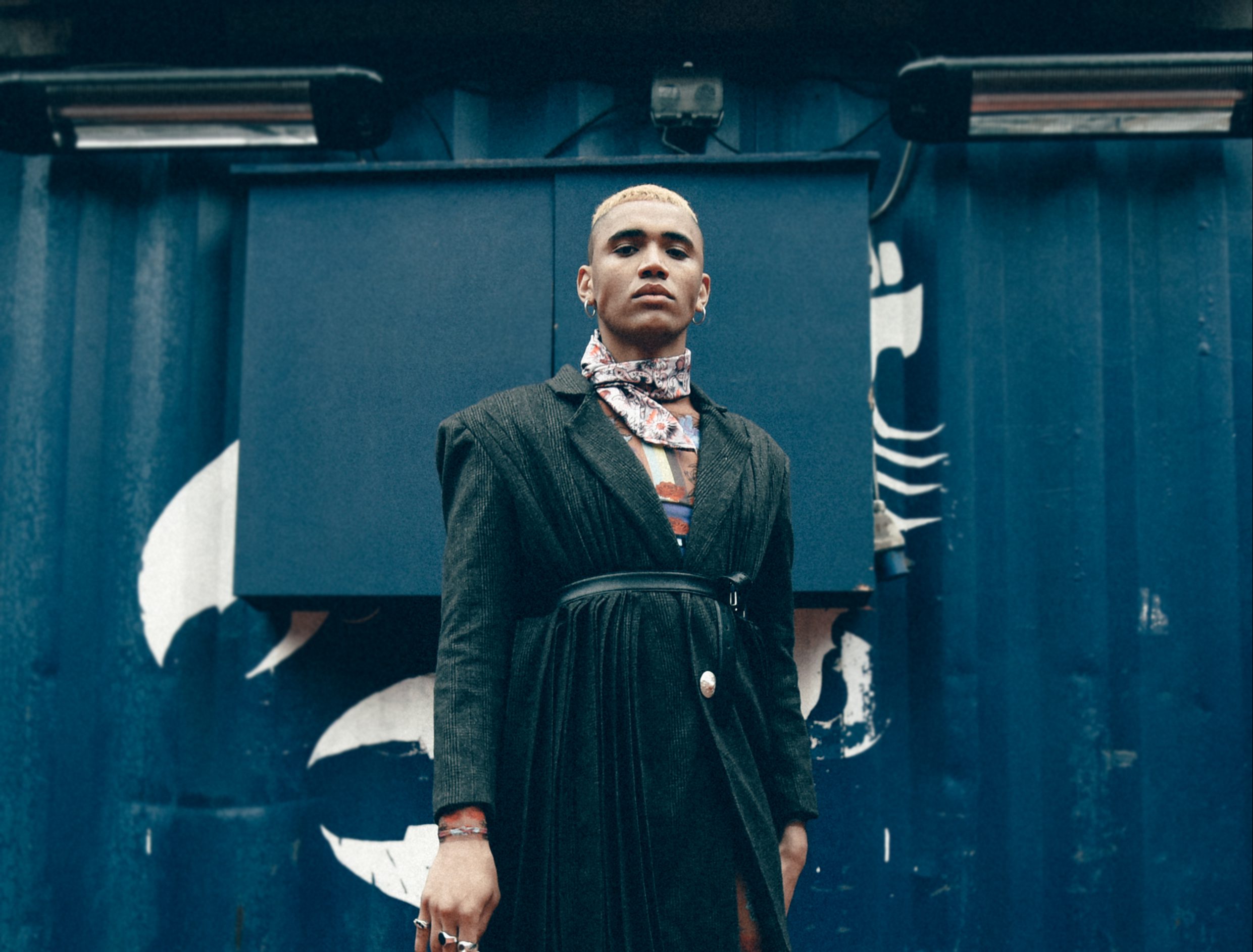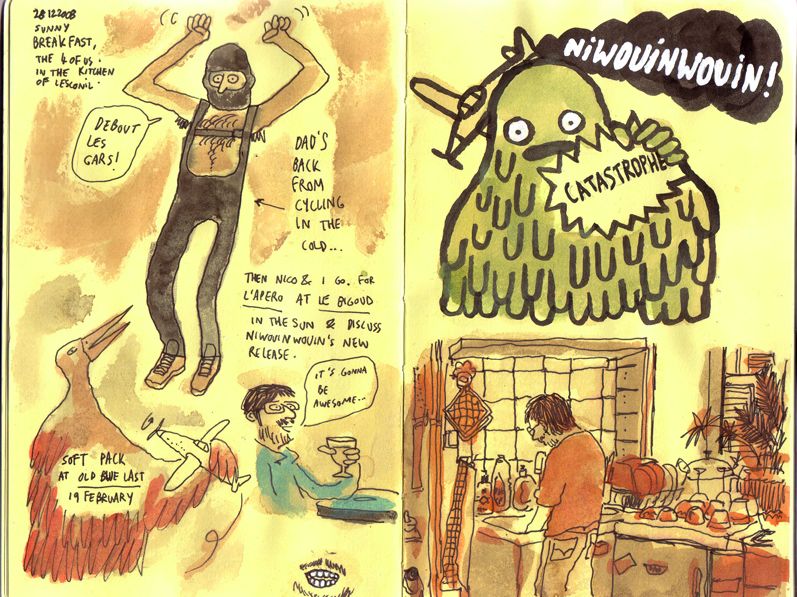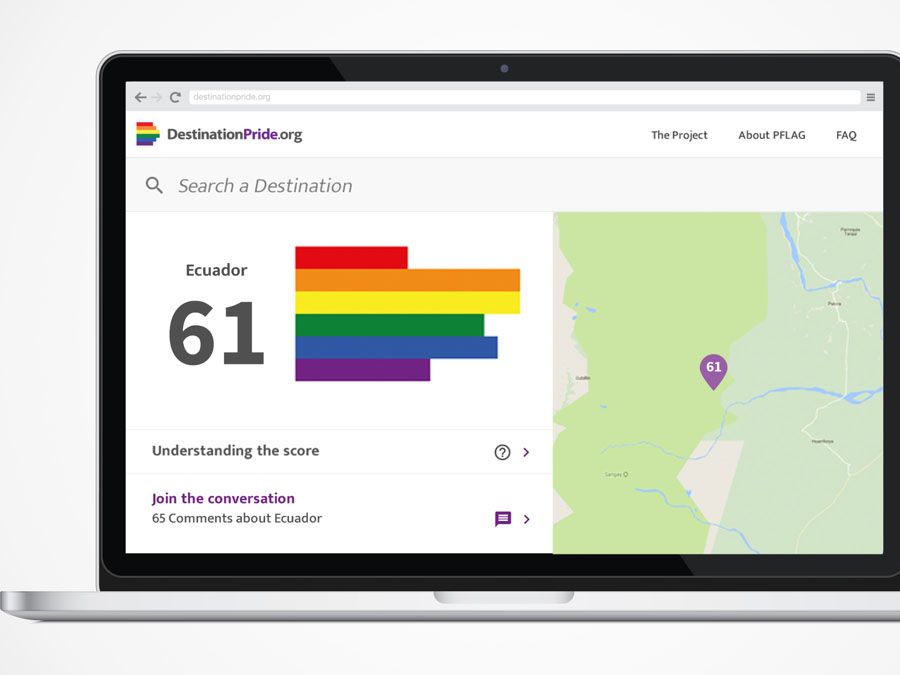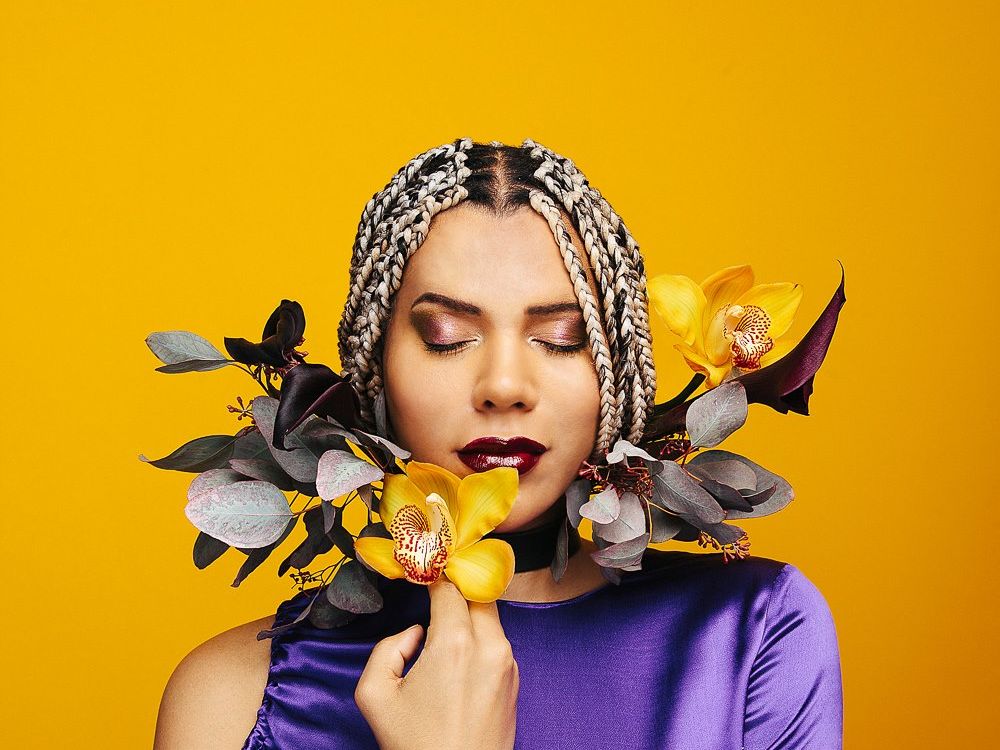The concept of identity is an ever-changing landscape. The words we use to describe ourselves – and those around us – are heavily influenced by society as we know it. One of the key themes within identity that is almost invisible to us, is the idea of normality. What is it to be normal? What are the things about you that define what normal is to you?
To help get your ideas flowing, here are a few words that you may come across when looking at the themes of identity and how we talk about ideas of normality.
Non-normative

Something described as non-normative usually goes against what is considered to be normal. For example, a non-normative approach to dressing children could be boys only wearing pink and girls only wearing blue. Next time you find yourself in the toys and clothes department for babies or children, pay attention to the colours that are assigned for these two genders to suggest normal gender identity.
Gender Identity and Sexual Orientation

Cisgender
Someone who identifies with the gender that they were assigned at birth.
Heteronormative
The belief that male and female gender identities and heterosexual attractions to one another are considered the ‘norm’.
Heterosexual
Being attracted to the opposite gender.
LGBTQ+
Lesbian, Gay, Bisexual, Transgender, Queer or Questioning. The ‘+’ communicates that the community expands to other gender and sexual identities. This acronym highlights and represents those who do not identify with either heteronormative or cisgender identities. The LGBTQ+ acronym may also be seen as:
- LGBTI (I = Intersex)
- LGBTQIAPD (A = Asexual, P = Polysexual and D = Demisexual)
- LGBTTQQIAAP (the second T = Transsexual, two separate Q’s for Queer and Questioning, and a second A = Ally).
Intersections / Intersectionality
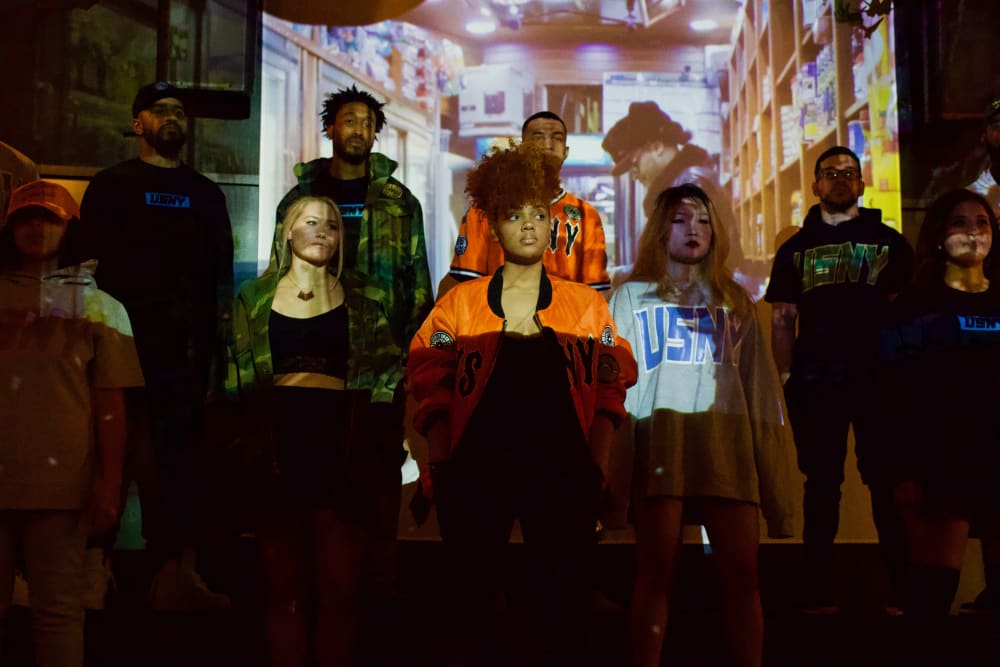
Binary / Non-Binary
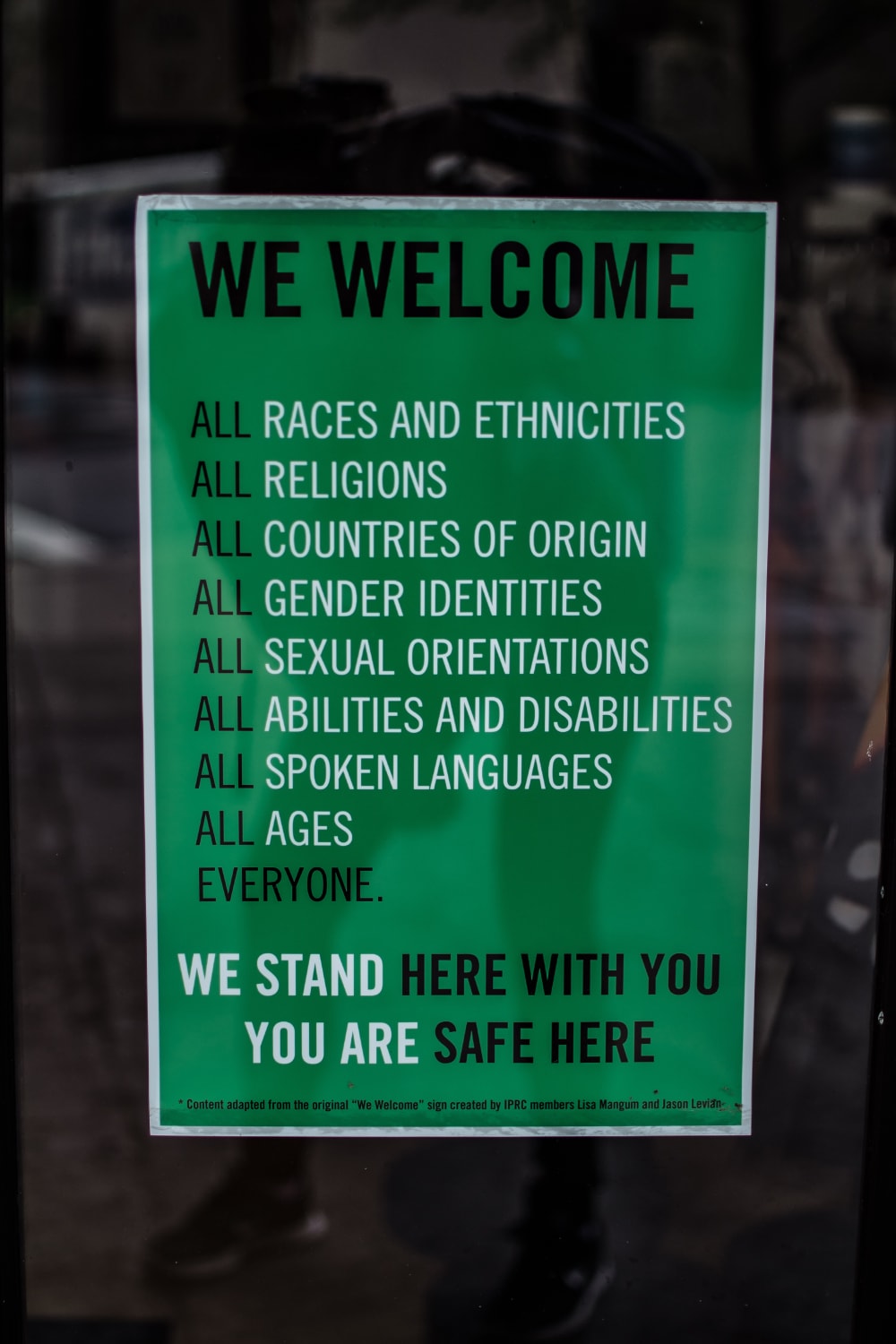
Binary can be used in relation to a few areas of identity. With regards to gender, it’s used to describe either being male or female. Non-binary genders are those who do not feel that either male or female assignments expresses who they are. Another term which expresses this is third-gender. Binary with regards to race/ ethnicity, is suggestive of a relationship where ‘whiteness’ is considered the dominant racial group of society, with ‘blackness’ as its immediate opposite or ‘other’. Non-binary discussions around race/ ethnicity embrace ideas surrounding all racial and ethnic groups beyond the black/ white binary.
Equality
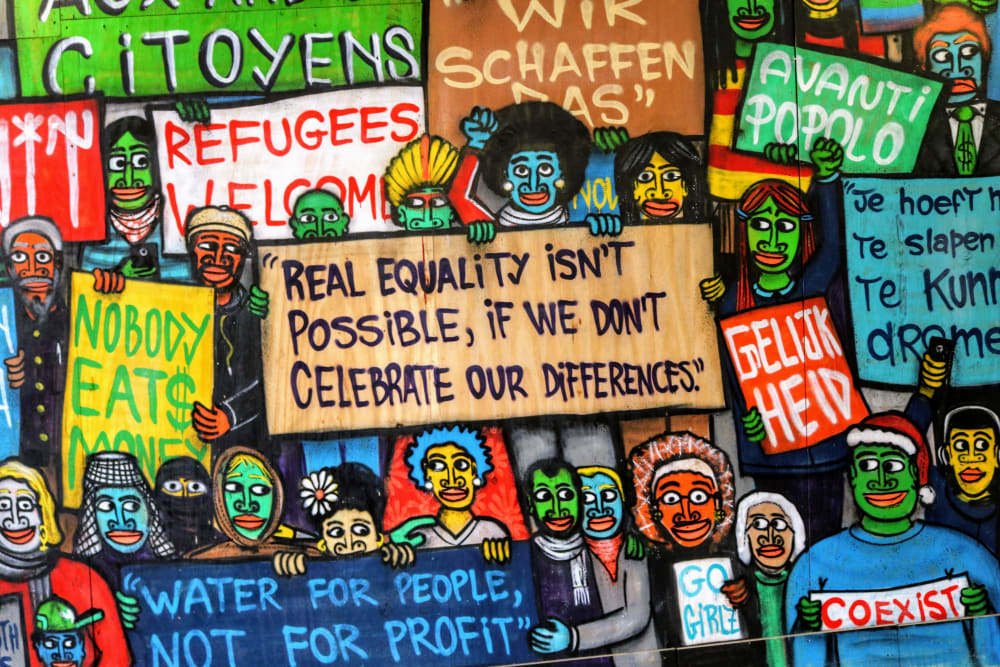
Feminism/ Womanism
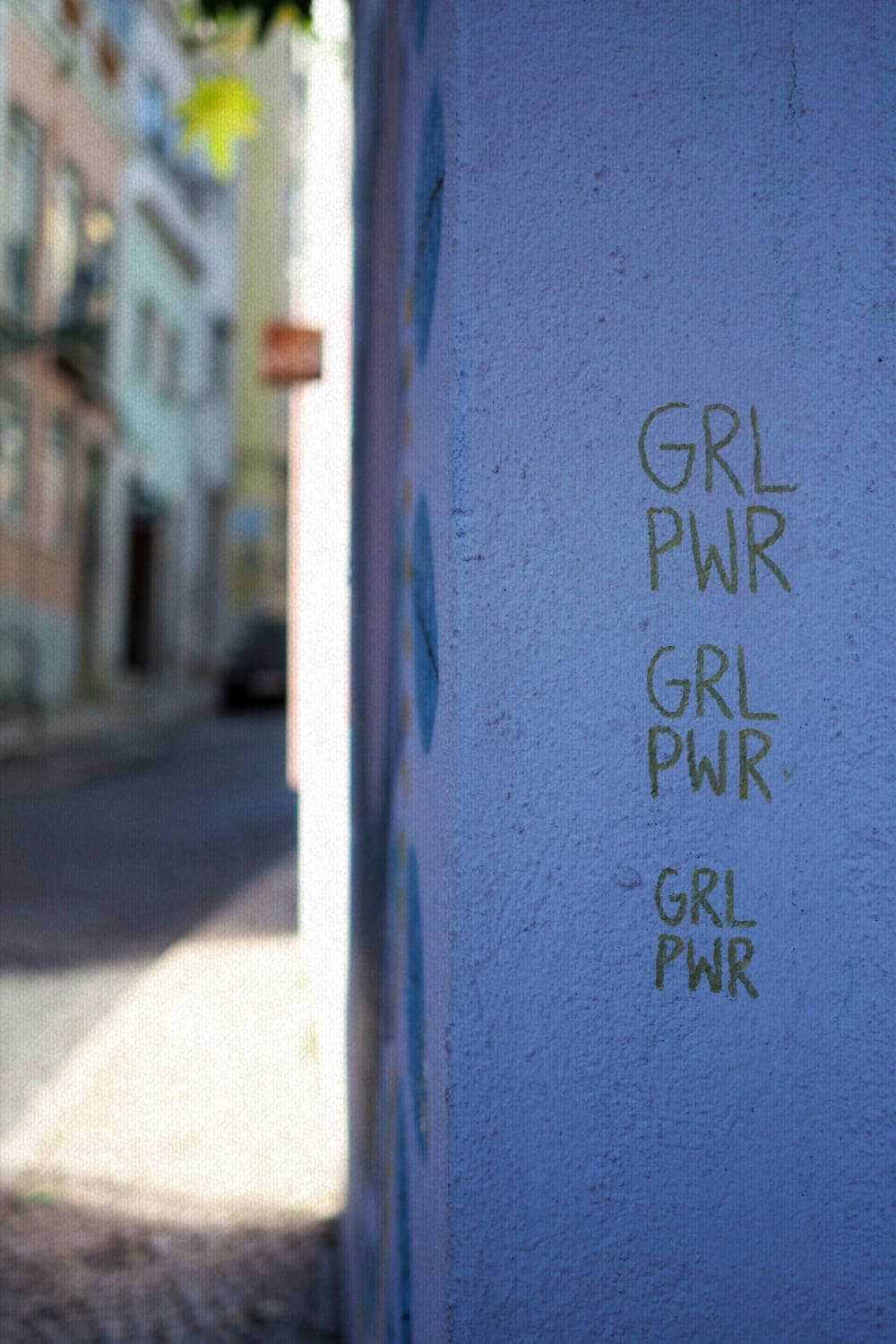
Stereotyping
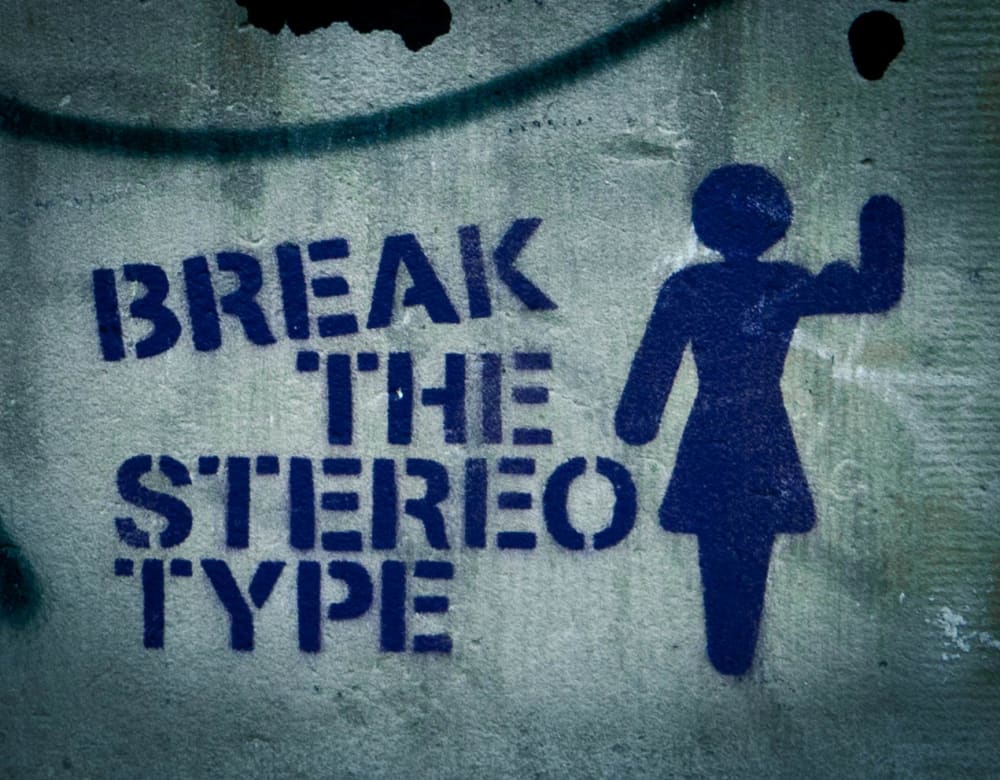
Stereotyping is the characterising or labelling of an entire group of people as sharing the same behaviour and features.
Interested in finding out more?
Check out these creatives and researchers who are challenging normative ideas and practices:
Stuart Hall – Cultural Studies Sociologist
Sonya Renee – sonyareneetaylor.com
Grayson Perry – artnet.com
Joseph A Adesunloye – YouTube
Laura Kirwin- Ashman – YouTube
Sahara Henson – Miss SaHHara’s YouTube Channel
